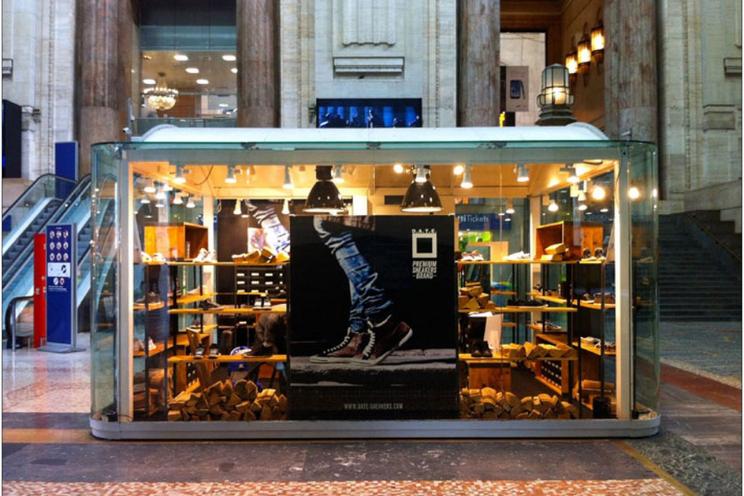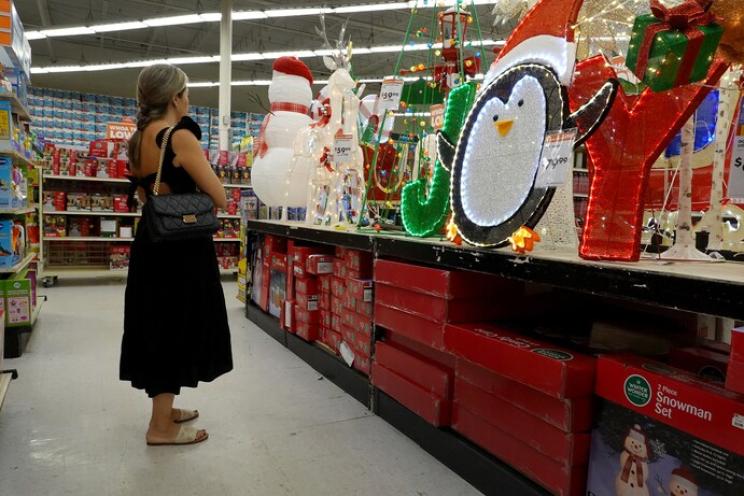
Mastering the Art of Responding to Negative Reviews and Boosting Your Reputation
We live in a digital age where online reviews significantly sway consumer decisions. Positive reviews can catapult a business to success, while negative ones; your restaurant's worst nightmare, can tarnish your reputation.
However, negative reviews don't have to spell disaster. In fact, with the right approach, they can be turned into opportunities for growth and improvement, and with the right strategies for responding to negative reviews effectively and leveraging them, you can boost your overall reviews and reputation and gain new loyal customers.
How to respond to negative reviews and boost your rating and reputation?
Embrace Feedback: A Catalyst for Improvement
Negative reviews, though initially disheartening, offer invaluable insights into areas where your business can improve.
Believe it or not, sometimes a 5-star rating can be alarming for customers thinking it’s too good to be true. Instead of viewing them as setbacks, see them as opportunities for growth. Remember, constructive criticism is a catalyst for improvement.
Consider a scenario where a customer leaves a negative review for a restaurant, citing slow service and undercooked food. Instead of dismissing the review, your restaurant management should see it as an opportunity to improve their operations. Analyze the feedback and identify areas for staff training and kitchen efficiency, ultimately leading to faster service and better-cooked dishes.
Timely Response: Show You Care
Timeliness is key when it comes to responding to negative reviews. Aim to address them promptly, ideally within 24 to 48 hours. A quick response demonstrates that you value customer feedback and are committed to resolving issues.
Imagine a diner posts a negative review about your restaurant's cleanliness on a popular review site. Your restaurant promptly responds, apologizing for the oversight and assuring the customer that their concerns will be addressed immediately. You should follow up by scheduling a deep cleaning of the premises and implementing stricter hygiene protocols to prevent similar issues in the future.
Empathy Goes a Long Way
Begin your response by expressing genuine empathy for the reviewer's experience. Let them know that you understand their frustration and that their feedback is important to you. Empathy can help diffuse tension and lay the groundwork for a constructive dialogue.
Suppose a customer writes a scathing review about a restaurant, criticizing the quality of the food and the lack of vegetarian options. In response, the restaurant acknowledges the customer's disappointment and expresses genuine empathy for their dining experience. They assure the customer that their feedback is invaluable and pledge to revamp their menu to include more diverse and appealing vegetarian dishes.
Take Ownership and Apologize
Regardless of whether the negative review is justified, take ownership of the situation and apologize for the customer's dissatisfaction. Apologizing shows humility and a willingness to acknowledge mistakes. It also sets the stage for finding a resolution.
In another scenario, a guest leaves a negative review after receiving a subpar meal due to a kitchen mix-up. Rather than making excuses, you promptly apologize for the mistake and offer the customer a complimentary meal on their next visit. By taking ownership of the error and offering a solution, the restaurant demonstrates its commitment to making amends and satisfying its customers.
Offer a Solution or Explanation
After apologizing, offer a solution or explanation to address the customer's concerns. Be transparent and provide relevant details to help resolve the issue. Whether it's offering a refund, a replacement, or simply an explanation of what went wrong, demonstrate your commitment to making things right.
Suppose a customer expresses dissatisfaction with the portion size of a dish in their review. Your restaurant responds by explaining the rationale behind their portion sizes, such as sourcing high-quality ingredients or adhering to specific culinary standards.
You also offer the customer a voucher for a free dessert or appetizer as a goodwill gesture, showing your commitment to customer satisfaction.
Move the Conversation Offline
While it's important to respond to negative reviews publicly to show transparency, aim to move the conversation offline to resolve the issue privately. Provide contact information or invite the reviewer to reach out directly to discuss the matter further. This demonstrates your commitment to resolving the issue and ensures privacy for sensitive matters.
Imagine a diner leaves a negative review detailing an unpleasant experience with a server. The restaurant responds publicly, expressing regret for the incident, and invites the customer to contact them directly to discuss the matter further. Privately, the restaurant addresses the issue with the server through additional training and counseling, ensuring that similar incidents are avoided in the future.
Maintain Professionalism at All Times
No matter how unfair or aggressive a negative review may be, always maintain a professional demeanor in your response. Avoid getting defensive or engaging in arguments. Instead, focus on finding a solution and providing excellent customer service.
Suppose a customer leaves a negative review criticizing the ambiance of a restaurant as outdated and uninspiring. The restaurant responds graciously, thanking the customer for their feedback and expressing regret that their experience did not meet expectations. They reassure the customer that they are constantly striving to improve and invite them to revisit to experience any recent updates or renovations.
Highlight the Positives
In your response to a negative review about slow service, for instance, your restaurant acknowledges the issue but also highlights the positive aspects of their dining experience, such as the flavorful cuisine and welcoming atmosphere.
You can also praise your dedication to customer satisfaction or highlight the features that customers love. Showcasing the positives can help balance out the negativity.
This way, you are emphasizing your commitment to continuous improvement while reaffirming the value you place on delivering exceptional food and service to your customers.
Encourage Positive Reviews
Actively encourage satisfied customers to leave positive reviews. Include a thank-you note with the bill or provide incentives such as discounts on future visits, a call-to-action in your communications, on your website, or through social media encouraging them to share their dining experiences and tag the restaurant.
Positive reviews not only counterbalance negative ones but also contribute to building a strong reputation.
This proactive approach helps generate a steady stream of positive reviews, which in turn boosts the restaurant's reputation.
Flexsurv is a digital platform linked directly to the POS and CRM that enables restaurants to give their honest and transparent feedback easily enhancing loyalty and convenience.
Learn and Improve
Use negative reviews as learning opportunities to identify areas for improvement. Continuously monitor feedback and reviews to pinpoint recurring issues and address them proactively. By listening to your customers and making improvements based on their feedback, you can enhance the overall customer experience and boost your reputation in the long run reputation as a top dining destination.
Can you stop your guests from posting negative reviews?
Of course not!
The solution remains to embrace feedback, offer solutions, and maintain professionalism enabling you to turn negative experiences into positive outcomes and boost your reputation in the process.
Effectively responding to negative reviews can have a significant impact on your restaurant's reputation and success. Remember that responding to negative reviews smartly requires empathy, accountability, and a commitment to customer satisfaction.
So don't fear negative reviews—embrace them as opportunities for growth and improvement.





